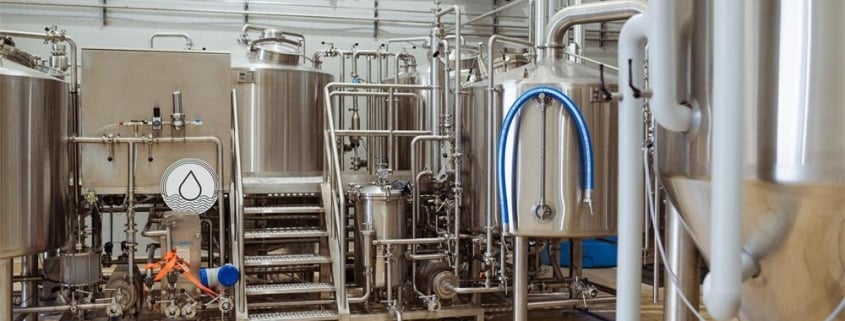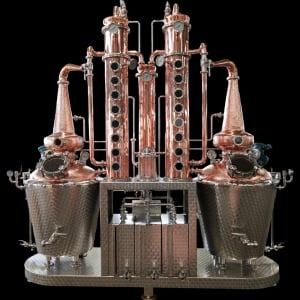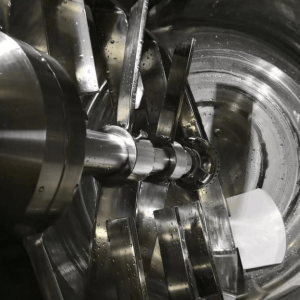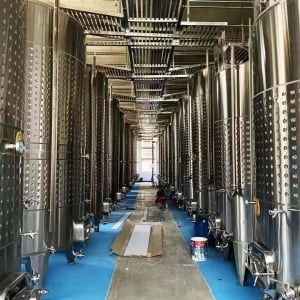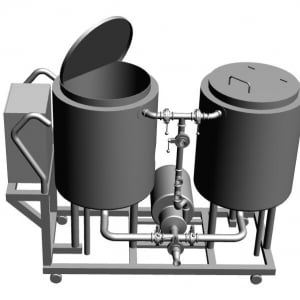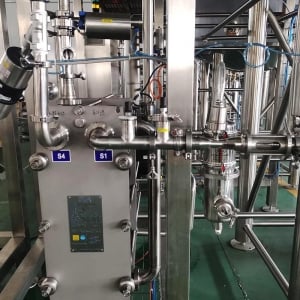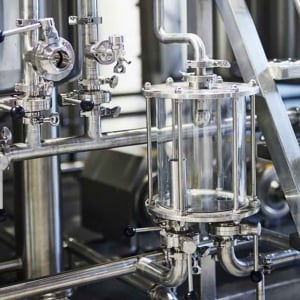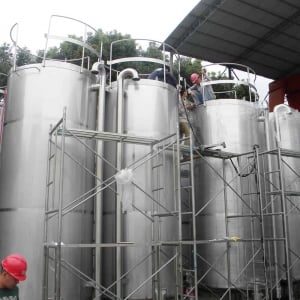Brewery Equipment for Sale
Are you thinking about diving into the world of craft beer brewing? Whether you’re a seasoned brewmaster or just starting, the right equipment is crucial for producing quality beer. In this comprehensive guide, we’ll explore everything you need to know about brewery equipment for sale. From types of equipment to the brewing process, and from capacity and design considerations to choosing the best suppliers, we’ve got you covered. Let’s embark on this frothy journey together!
Overview of Brewery Equipment
Starting a brewery requires a range of specialized equipment. The right tools ensure that the brewing process is efficient, scalable, and produces high-quality beer. Whether you’re setting up a microbrewery or a large-scale operation, understanding your equipment needs is the first step to success.
Types of Brewery Equipment
The world of brewery equipment is diverse, with each piece playing a crucial role in the brewing process. Here’s a detailed look at the essential equipment:
| Equipment Type | Description |
|---|---|
| Malt Mill | Crushes malted barley into grist, facilitating starch conversion during mashing. |
| Mash Tun | Vessel where grist and water mix, allowing enzymes to convert starches to fermentable sugars. |
| Lauter Tun | Separates wort from spent grains after mashing. |
| Boil Kettle | Boils wort with hops, sterilizing and extracting flavors and bitterness. |
| Whirlpool | Separates hop particles and trub from wort after boiling. |
| Fermenter | Vessel where yeast converts sugars in wort into alcohol and CO2. |
| Bright Tank | Used for secondary fermentation and carbonation, readying beer for packaging. |
| Heat Exchanger | Cools hot wort rapidly before fermentation. |
| Brewing Pump | Transfers liquids throughout the brewing process. |
| Cleaning Equipment | Ensures sanitation of brewing vessels and lines. |
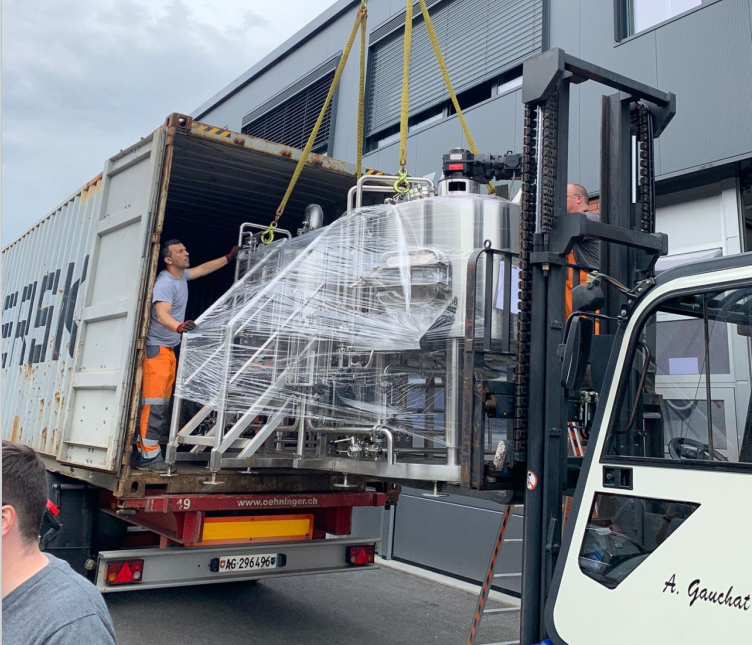
The Brewing Process
Understanding the brewing process helps in choosing the right equipment. Here’s a step-by-step guide:
- Milling: The malt mill crushes the grains to prepare for mashing.
- Mashing: In the mash tun, crushed grains mix with hot water, converting starches to sugars.
- Lautering: The mixture is transferred to the lauter tun, separating the wort from the grains.
- Boiling: Wort is boiled in the kettle with hops, adding flavor and bitterness.
- Whirlpool: Post-boil, wort is moved to the whirlpool to remove solid particles.
- Cooling: The wort is rapidly cooled using a heat exchanger.
- Fermentation: Cooled wort is transferred to fermenters, where yeast is added to convert sugars to alcohol.
- Conditioning: The beer is transferred to bright tanks for secondary fermentation and carbonation.
- Packaging: Finally, the beer is packaged in bottles, cans, or kegs.
Capacity, Spaces, Design, and Layout
Choosing the right equipment involves understanding your production needs and space constraints. Here’s a guide to help:
| Parameter | Considerations |
|---|---|
| Capacity | Determine your production volume. Equipment ranges from small-scale setups (1-10 barrels) to large systems (100+ barrels). |
| Space | Ensure you have adequate space for each piece of equipment, including maintenance access. |
| Design | Opt for equipment that fits your brewery’s design and workflow. Modular designs offer flexibility. |
| Layout | Plan your layout to optimize the flow of materials and processes, minimizing contamination risks. |
| Customization | Consider bespoke equipment that meets specific brewing requirements and space constraints. |
Suppliers and Price Range
Finding the right supplier is crucial for obtaining quality equipment at a fair price. Here’s a comparison of popular suppliers:
| Supplier | Price Range | Reputation | Key Products |
|---|---|---|---|
| ABC Brewing Co. | $10,000 – $100,000 | High | Custom systems, fermenters, and tanks |
| BrewTech Solutions | $15,000 – $120,000 | Very High | Comprehensive brewing systems, automation solutions |
| BeerMakers Inc. | $8,000 – $90,000 | Moderate | Entry-level to mid-range brewing equipment |
| ProBrew Equipment | $20,000 – $150,000 | High | Advanced brewing systems, custom designs |
Installation, Operation, and Maintenance
Proper installation, operation, and maintenance of brewery equipment are vital for efficient and safe brewing. Here’s a guide:
| Aspect | Details |
|---|---|
| Installation | Professional installation ensures all equipment is set up correctly, minimizing the risk of operational issues. |
| Operation | Training on equipment use is crucial for safe and efficient brewing. Many suppliers offer training sessions. |
| Maintenance | Regular maintenance extends equipment lifespan and ensures consistent beer quality. Create a maintenance schedule and stick to it. |
Choosing the Right Supplier
Selecting a supplier can make or break your brewing setup. Here’s how to choose wisely:
| Factor | Details |
|---|---|
| Quality | Assess the quality of materials and craftsmanship. High-quality equipment ensures durability and better beer. |
| Support | Evaluate the supplier’s customer support, including installation, training, and after-sales service. |
| Customization | Check if the supplier offers customization to meet your specific needs. |
| Reviews | Look for reviews and testimonials from other brewers. Positive feedback is a good indicator of reliability. |
| Price | Ensure the price aligns with your budget without compromising on essential features. |
Pros and Cons of Different Options
Every equipment choice has its advantages and limitations. Here’s a comparative analysis:
| Option | Advantages | Limitations |
|---|---|---|
| Custom Systems | Tailored to your needs, optimized for space and process | Higher cost, longer lead time |
| Off-the-Shelf Systems | Quick availability, generally cheaper | Less flexibility, may not fit specific needs |
| New Equipment | Latest technology, warranties | Higher initial cost |
| Used Equipment | Cost-effective, immediate availability | Potential for wear and tear, limited lifespan |
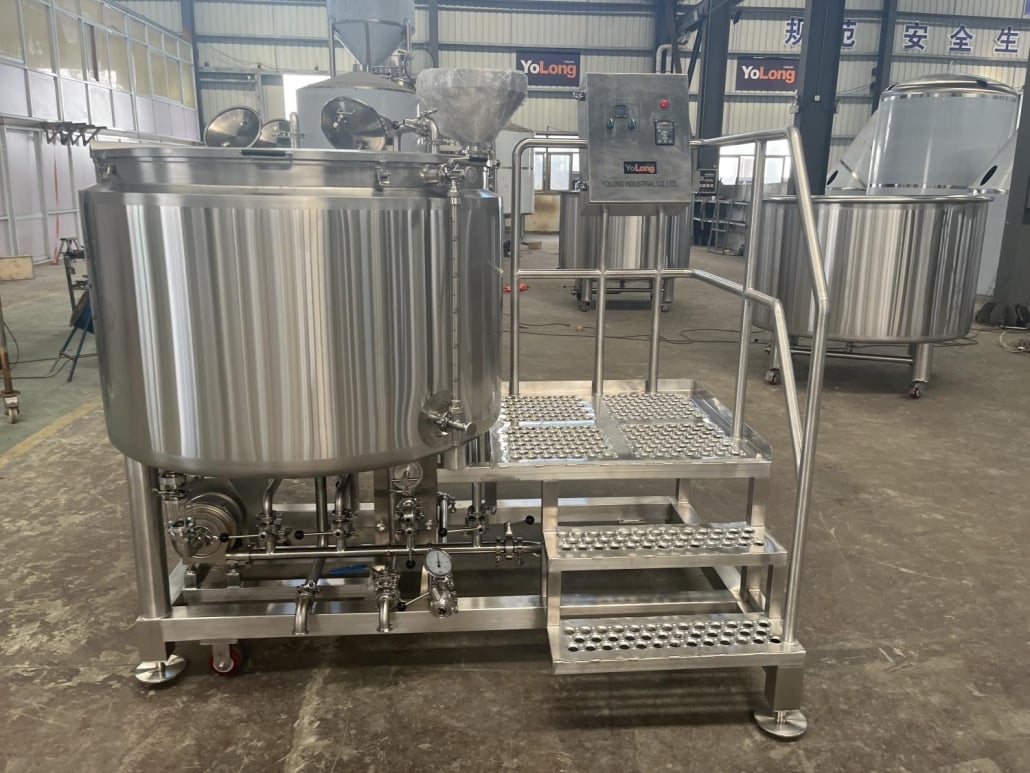
FAQs
| Question | Answer |
|---|---|
| What is the most essential piece of brewery equipment? | The fermenter, as it’s where the actual transformation of wort to beer occurs. |
| How do I decide on the capacity of my brewery equipment? | Estimate your production goals and potential market size. Start small if unsure, with room to scale. |
| Is new equipment better than used? | New equipment offers the latest technology and warranties, but used equipment can be cost-effective if in good condition. |
| How often should I clean my brewing equipment? | Regular cleaning after each use is crucial, with thorough maintenance and deep cleaning scheduled periodically. |
| Can I customize my brewing equipment? | Yes, many suppliers offer customization to meet specific brewing requirements and space constraints. |
Conclusion
Choosing the right brewery equipment for sale involves a thorough understanding of your needs, from production capacity to space constraints and budget. By considering the various types of equipment, the brewing process, and the importance of proper installation, operation, and maintenance, you can set up a brewery that produces high-quality beer efficiently. Selecting a reliable supplier and weighing the pros and cons of different equipment options will further ensure your brewery’s success. Cheers to your brewing journey!

